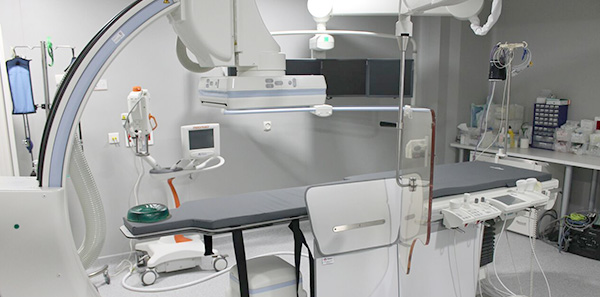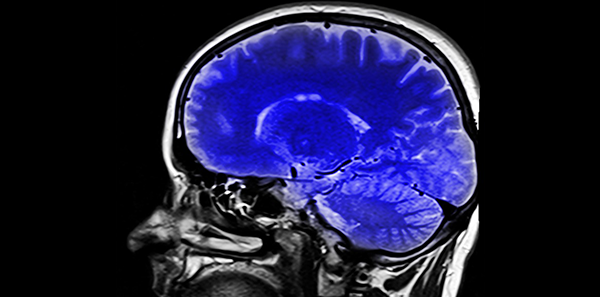
Nowadays, cardiovascular diseases are one of the biggest health problems across the world.
They account for a high and worrying mortality rate and also cause major morbidity and evident deterioration to the quality of life of people who suffer from them.
Coronary disease is a chronic problem that in addition to controlling the classic cardiovascular risks (tobacco, cholesterol, high blood pressure, diabetes, sedentary lifestyle, excess weight-obesity, etc.), may require different forms of treatment at different stages in its development
This is a sub-speciality within the field of cardiology, involving the anatomical and functional study of the heart by inserting thin catheters through the arteries and veins of the arm or the groin, together with the use of contrasting media and fluoroscopy. This enables health professionals to diagnose and treat atherosclerotic disease of the arteries irrigating the heart (coronary arteries) as well as to study heart valve pathologies and congenital or acquired cardiomyopathies and eventually correct them.
Coronariography is the part of the catheterization that is done in order to study the state of coronary arteries. They can become affected by aterosclerotic disease, which reduces their width (stenosis), obstructing the flow of blood to the heart muscle. This clinically expressed as angina and in it most severe form, when the artery becomes obstructed, an acute heart attack (cardiomyofarction) and even sudden death. The procedure is carried out on the patient under local anaesthetic in the puncture area, usually through the radial artery of the wrist, to enable the examination to be as non-aggressive and painless as possible. Unlike heart surgery, which requires making an incision and opening up the thorax to get at the heart, this less invasive procedure involves inserting a catheter (a very fine, long and flexible plastic tube) along the length of the artery to the heart in order to perform the diagnostic and treatment procedure.
Transluminal percutaneous coronary angioplasty (TPCA) consists of dilating the narrowed areas (stenosis) of the coronary arteries once the diagnostic procedure has been completed. It enables the narrowing or obstructions in the coronary arteries to be reduced or removed altogether by dilating them from the inside, returning the coronary to its natural width to improve the flow of blood to the heart muscle. In view of the high rate of coronary artery aterosclerotic disease, angioplasty and the use in more than 95% of cases of a stent (an expandable metal mesh taken to the lesion site fitted onto a balloon) have revolutionized the world of cardiology, becoming the most widely used treatment within cardiology surgery. It is used as an alternative to invasive surgery (coronary bypass) and to the exclusive use of pharmaceutical drugs
The procedure is tolerated well by the vast majority of patients. In more than 96% of cases, the procedure is successfully carried out without complications and resulting in symptoms being relieved or disappearing completely. However, and as with all invasive procedures, it can occasionally give rise to complications that depend largely on the severity of the patient’s condition.
Since 2000, the surface of the stent carries a coating of drugs that prevent exaggerated scarring and reduce the need for re-stenosis (new narrowing, after a time, in the same site as the previous dilation). From 2010 onwards, the design of new second and third generation drug coated stents has further improved their design and usefulness, significantly lowering the risk of possible complications. This means that the biggest advantage lies in the fact that nowadays, minimally invasive treatments can be provided using devices that are improving all the time, with excellent results, facilitating and accelerating patient recovery following the procedure, without the drawbacks associated with other more aggressive procedures such as open heart surgery.
Dr. Javier Pineda, Dr. Juan M. Ruiz – Haemodynamics and Interventional Cardiology Service. Vistahermosa Clinic in Alicante
The information published in this media neither substitutes nor complements in any way the direct supervision of a doctor, his diagnosis or the treatment that he may prescribe. It should also not be used for self-diagnosis.
The exclusive responsibility for the use of this service lies with the reader.
ASSSA advises you to always consult your doctor about any issue concerning your health.












